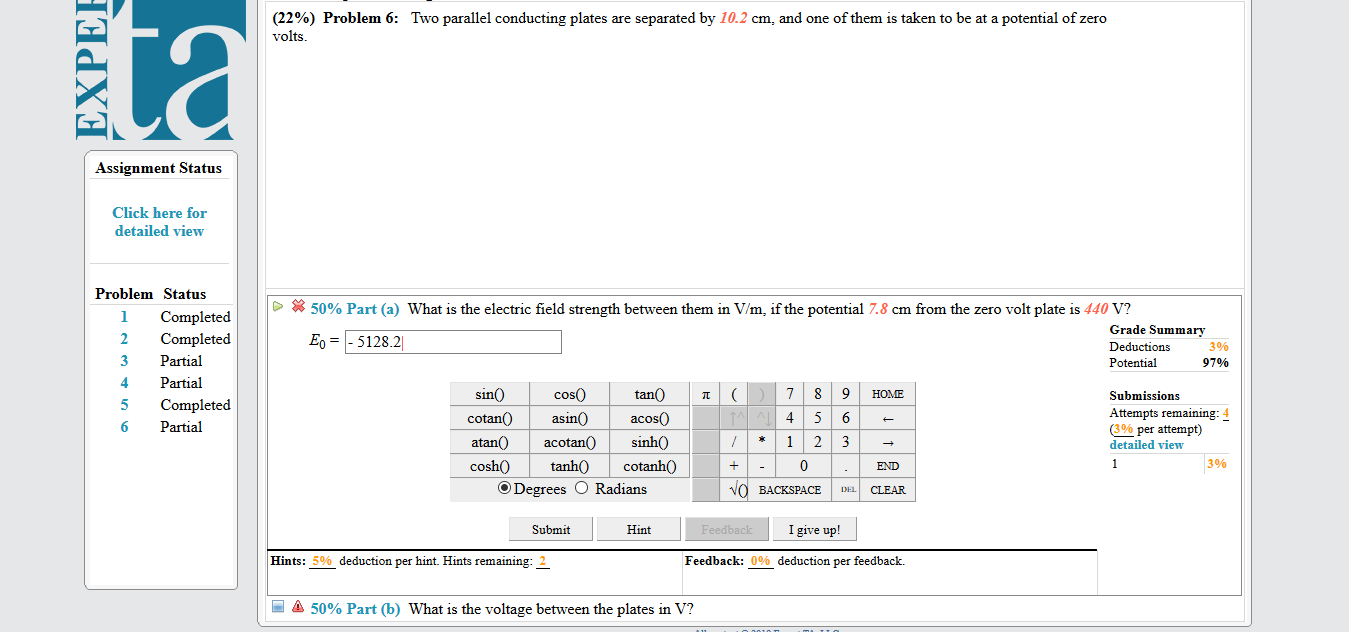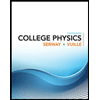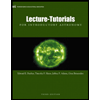(22%) Problem 6: volts Two parallel conducting plates are separated by 10.2 cm, and one of them is taken to be at a potential of zero Assignment Status Click here for detailed view Problem Status > * 50% Part (a) What is the electric field strength between them in Vrn, if the potential 7.8 cm from the zero volt plate is 440 V? 1 Completed 2 Completed 3 Partial 4 Partial 5 Completed 6 Partial Grade Summary Ед -5128.21 3% 97% Potential cos0 789 HOME Submissions Attempts remaining: 4 (30% per attempt) detailed view Sin acos0 acotansinh0 cotan0asin0 atan 3% cosh0 tanh cotanhO O Degrees O Radians END BACKSPACE EL CLEAR Submit Hint I give up! Hints: 5% deducti on per hint. Hints r Feedback: 0% deduction per feedback. là 50% Part (b) What is the voltage between the plates in V?
(22%) Problem 6: volts Two parallel conducting plates are separated by 10.2 cm, and one of them is taken to be at a potential of zero Assignment Status Click here for detailed view Problem Status > * 50% Part (a) What is the electric field strength between them in Vrn, if the potential 7.8 cm from the zero volt plate is 440 V? 1 Completed 2 Completed 3 Partial 4 Partial 5 Completed 6 Partial Grade Summary Ед -5128.21 3% 97% Potential cos0 789 HOME Submissions Attempts remaining: 4 (30% per attempt) detailed view Sin acos0 acotansinh0 cotan0asin0 atan 3% cosh0 tanh cotanhO O Degrees O Radians END BACKSPACE EL CLEAR Submit Hint I give up! Hints: 5% deducti on per hint. Hints r Feedback: 0% deduction per feedback. là 50% Part (b) What is the voltage between the plates in V?
College Physics
11th Edition
ISBN:9781305952300
Author:Raymond A. Serway, Chris Vuille
Publisher:Raymond A. Serway, Chris Vuille
Chapter1: Units, Trigonometry. And Vectors
Section: Chapter Questions
Problem 1CQ: Estimate the order of magnitude of the length, in meters, of each of the following; (a) a mouse, (b)...
Related questions
Question

Transcribed Image Text:(22%) Problem 6:
volts
Two parallel conducting plates are separated by 10.2 cm, and one of them is taken to be at a potential of zero
Assignment Status
Click here for
detailed view
Problem Status
> * 50% Part (a) What is the electric field strength between them in Vrn, if the potential 7.8 cm from the zero volt plate is 440 V?
1 Completed
2 Completed
3 Partial
4 Partial
5 Completed
6 Partial
Grade Summary
Ед -5128.21
3%
97%
Potential
cos0
789 HOME
Submissions
Attempts remaining: 4
(30% per attempt)
detailed view
Sin
acos0
acotansinh0
cotan0asin0
atan
3%
cosh0 tanh cotanhO
O Degrees O Radians
END
BACKSPACE EL CLEAR
Submit
Hint
I give up!
Hints: 5% deducti
on per
hint. Hints r
Feedback: 0% deduction per feedback.
là 50% Part (b) What is the voltage between the plates in V?
Expert Solution
This question has been solved!
Explore an expertly crafted, step-by-step solution for a thorough understanding of key concepts.
This is a popular solution!
Trending now
This is a popular solution!
Step by step
Solved in 5 steps with 3 images

Recommended textbooks for you

College Physics
Physics
ISBN:
9781305952300
Author:
Raymond A. Serway, Chris Vuille
Publisher:
Cengage Learning

University Physics (14th Edition)
Physics
ISBN:
9780133969290
Author:
Hugh D. Young, Roger A. Freedman
Publisher:
PEARSON

Introduction To Quantum Mechanics
Physics
ISBN:
9781107189638
Author:
Griffiths, David J., Schroeter, Darrell F.
Publisher:
Cambridge University Press

College Physics
Physics
ISBN:
9781305952300
Author:
Raymond A. Serway, Chris Vuille
Publisher:
Cengage Learning

University Physics (14th Edition)
Physics
ISBN:
9780133969290
Author:
Hugh D. Young, Roger A. Freedman
Publisher:
PEARSON

Introduction To Quantum Mechanics
Physics
ISBN:
9781107189638
Author:
Griffiths, David J., Schroeter, Darrell F.
Publisher:
Cambridge University Press

Physics for Scientists and Engineers
Physics
ISBN:
9781337553278
Author:
Raymond A. Serway, John W. Jewett
Publisher:
Cengage Learning

Lecture- Tutorials for Introductory Astronomy
Physics
ISBN:
9780321820464
Author:
Edward E. Prather, Tim P. Slater, Jeff P. Adams, Gina Brissenden
Publisher:
Addison-Wesley

College Physics: A Strategic Approach (4th Editio…
Physics
ISBN:
9780134609034
Author:
Randall D. Knight (Professor Emeritus), Brian Jones, Stuart Field
Publisher:
PEARSON